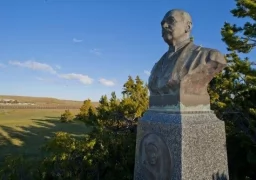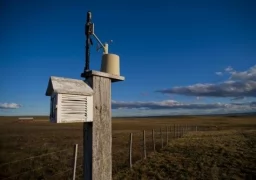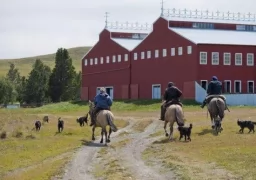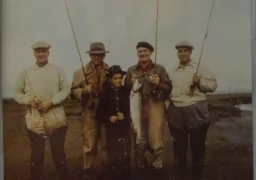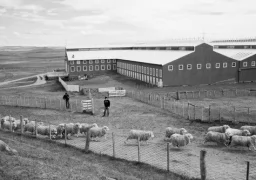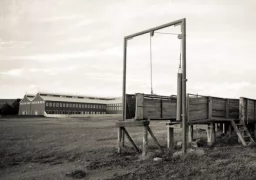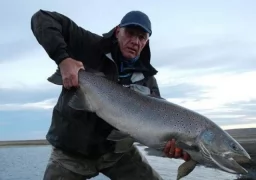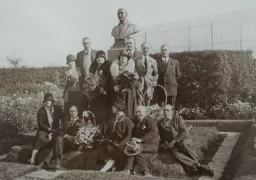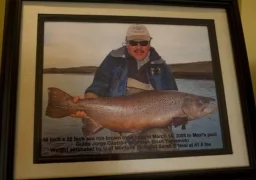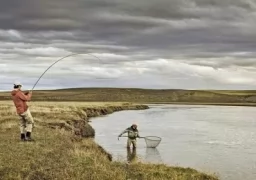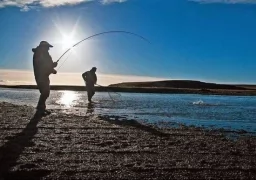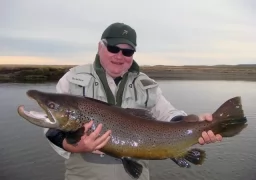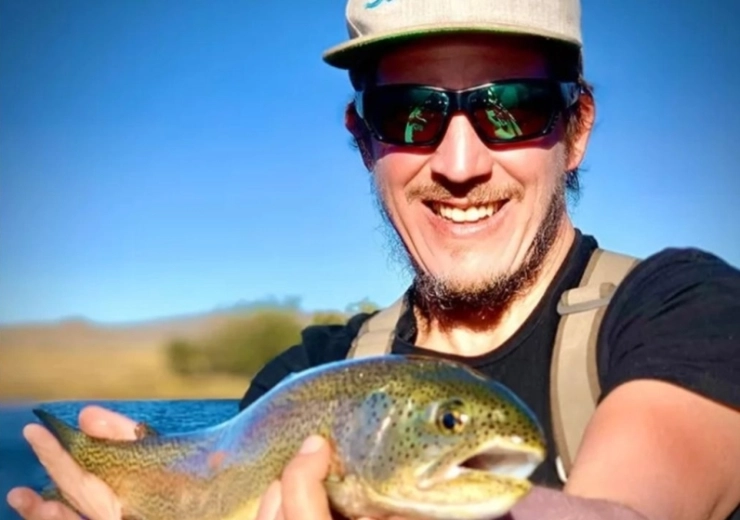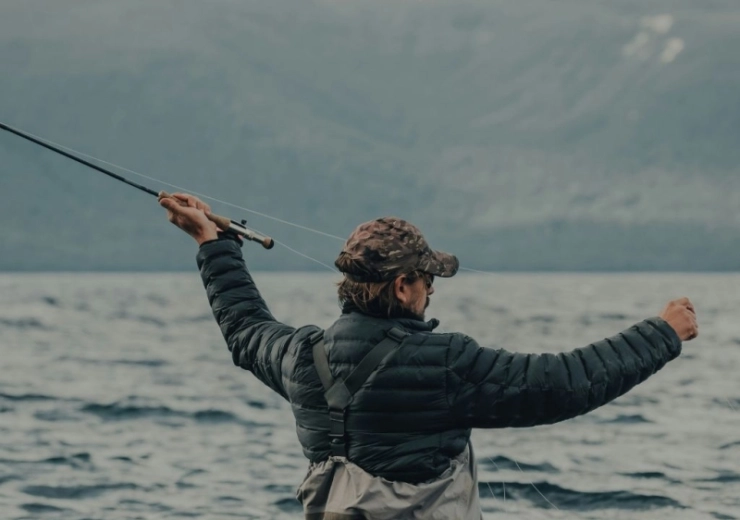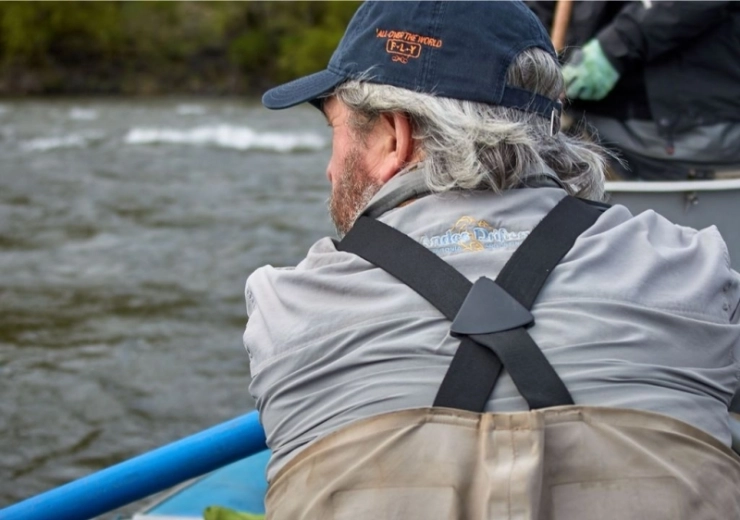NEWS & REPORTS
History of Sea Run Brown Trout
Precise records describing the earliest introductions of brown trout to Tierra del Fuego as well as mainland Argentina are unavailable (C. Riva Rossi, personal communication). The first documented attempt at introduction of the species into Argentina occurred in 1906 when 6000 eggs were reportedly shipped, but died in transport, probably from the United Kingdom to the Santa Cruz Hatchery in mainland Patagonia (Marini and Mastrarrigo 1963).
In 1927, brown trout stocking took place on the Chilean side of Tierra del Fuego in several rivers which may have included headwaters to the Rio Grande drainage (Basulto del Campo 2003). Those fish are of unknown European origin, but possibly from Hamburg, Germany and were marked “Meersforelle,” meaning “sea trout,” though the source population was not identified (Joyner 1980; R. Behnke, personal communication). Recent genetic studies regarding 14 parental stocks of southern Chilean brown trout suggest that the brown trout in southern Chile are of Atlantic as opposed to Mediterranean drainages (Colihueque, Vergara, and Parraguez 2003; Faundez et al. 1997).
From 1935 to 1937, English settler John Goodall received and reared brown trout ova from Puerto Montt, Chile before releasing them into the Candelaria, Herminita, MacLennan, and Menendez Rivers (Bruno Videla 1978). Potential sources of those ova include Hamburg, Germany or other locations in Europe (Valiente et al. 2007). Rainbow trout (Onchoryncus mykiss W.) and Atlantic salmon (Salmo salar L.) were stocked during the same period throughout tributaries to the Rio Grande. Stocking of brown trout in the watershed resumed in 1976 (Bruno Videla 1978), and with the exception of 1979-1981, continued annually through at least 2000 (S. Lesta, personal communication).
The first recorded catch of resident brown trout in the river appears in Goodall’s records in 1937. Records from 1948 document catches of all three introduced species (resident brown trout, resident rainbow trout, and Atlantic salmon) in the mainstem Rio Grande. Evidently brown trout remained in the stream as a resident population for decades, until local anglers report the emergence of ‘large, silver,’ apparently sea run fish in the mid- to late-1950s (A. Menendez Behety, personal communication). Local net and rod fishing, with a loosely enforced bag limit of five sea trout per fisherman per day, developed later in the century until catchand-release angling tourism started in 1986 (Solomon and Czerwinski 2006). As angling tourism grew, public access to the river diminished. Currently, less than 10 stream kilometers are open to angling only by local anglers with an enforced bag limit of one fish per fisherman per day. There is additional access to the river for the general public one day per week. Access to the vast majority of the Argentine section of the river, however, is controlled by private landowners who lead primarily foreign anglers on a daily basis for strictly catch-and-release fishing during the summer and early fall.

